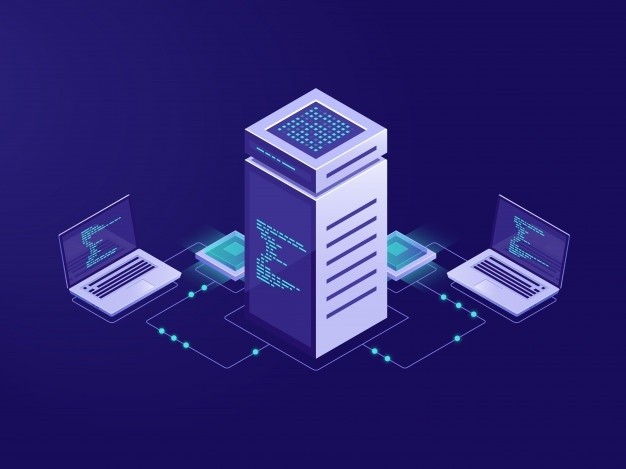
For some companies, the most difficult decision may be whether to use a global server load balancer or a local load balancer. While using a global load balancer is an attractive option. For many companies, it has its own set of limitations, as well.
Table of Contents
Which will your company choose?
It is one of the choices that you will have to make. This article attempts to help you decide whether a global server load balancer is the right choice for your company.
Global Server Load Balancer
Global load balancers are typically in place to provide high-availability for online operations. A global load balancer will be placed in front of the existing application servers, and all requests will go through the global load balancer.
When it comes to load balancing, many people will point out the fact that there are two different options. Global load balancers and local load balancers. A global load balancer has many servers that all share one IP address while a local load balancer is just a single server that offers the same service.
Local Load Balancer
A load balancer is a type of computer hardware/software that is designed to distribute workloads across multiple computing resources. This can make the workload more manageable, and therefore the system as a whole more stable. Local load balancers are able to distribute the workload of the system within a single machine (or a group of machines). This usually makes the system a lot easier to manage, but this is not always the case.
In some cases, it is possible to run multiple instances of a service on one machine, though this is not always the case (your mileage may vary).
Here’s an example:
Running a multi-server local load balancer on a single machine can cause some interesting issues. Especially when that single machine is the computer the client is accessing and sending requests to.
Conclusion
As data centers grow and compete with one another, the need for a load balancing system becomes more and more essential. One such system is the multi-server local load. It requires a decision about how to distribute the load across servers in the system. The decision is difficult, as it has to take into account the capacity of each server. And the speed that can be reached by each server.
Companies are also faced with the need to have computers to run these servers, and the machine, or perhaps an entire rack, may be underutilized. Not to mention any network or hardware issues that may affect the performance of each individual machine. How can one best distribute the load across multiple machines?
Visit for more articles